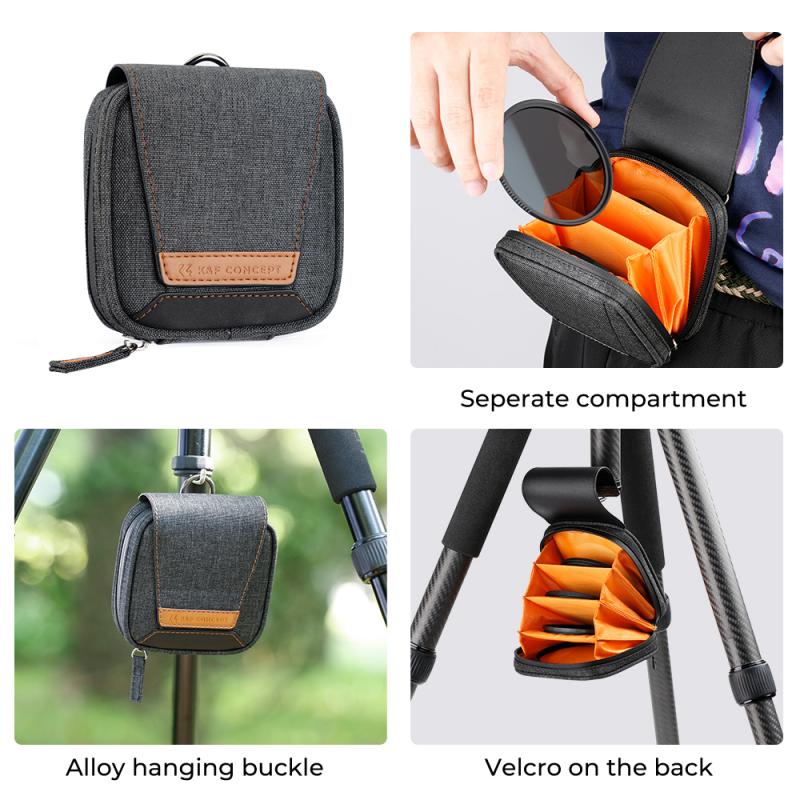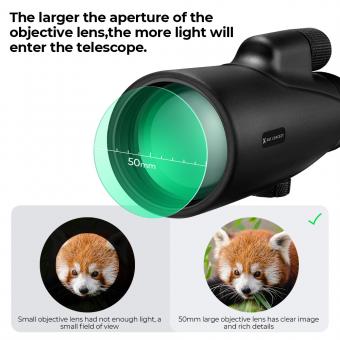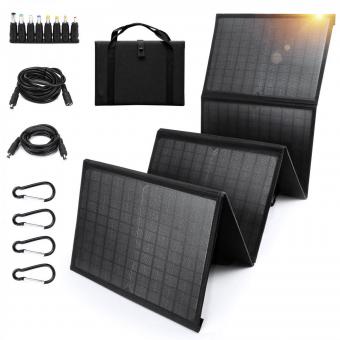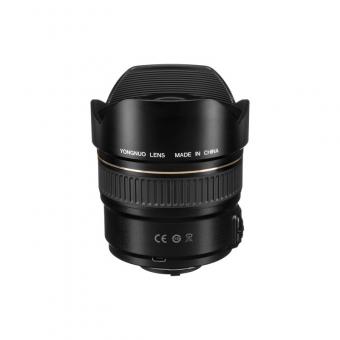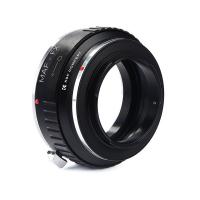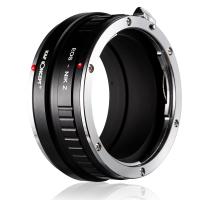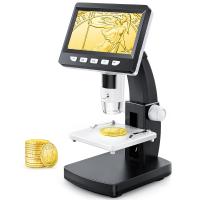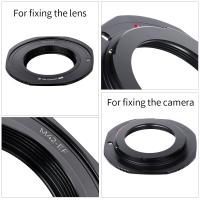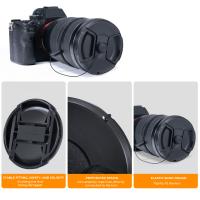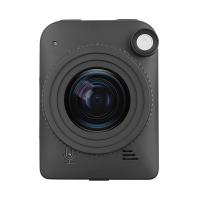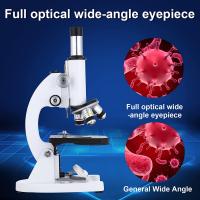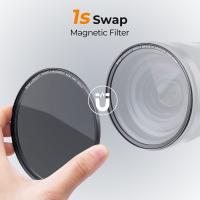Can Camera See Through Walls ?
No, cameras cannot see through walls. Cameras capture images or video by detecting and recording the light that enters the lens. Walls are opaque and block the passage of light, so cameras cannot see what is on the other side of a wall.
1、 Thermal Imaging: Detecting heat signatures to visualize objects behind walls.
Thermal imaging technology has the capability to detect heat signatures and visualize objects behind walls. This technology utilizes infrared radiation to capture the heat emitted by objects and converts it into a visible image. By detecting temperature differences, thermal cameras can create a thermal map of the surroundings, allowing users to identify objects or individuals that may be hidden from plain sight.
However, it is important to note that thermal imaging cameras cannot literally "see" through walls like X-ray vision. They can only detect the heat signatures of objects or individuals that are emitting thermal energy. The effectiveness of thermal imaging in seeing through walls depends on various factors such as the thickness and material of the wall, the temperature difference between the object and its surroundings, and the sensitivity of the camera.
In recent years, there have been advancements in thermal imaging technology that have improved its ability to detect objects behind walls. For example, some cameras now offer higher resolution and sensitivity, allowing for more accurate detection of heat signatures. Additionally, software algorithms have been developed to enhance the image quality and provide clearer visualization of objects.
However, it is important to consider the ethical and legal implications of using thermal imaging technology to see through walls. Privacy concerns arise when this technology is used to invade personal spaces or violate individuals' rights. Therefore, the use of thermal imaging cameras to see through walls is subject to regulations and restrictions in many jurisdictions.
In conclusion, while thermal imaging technology can detect heat signatures and visualize objects behind walls, it cannot literally see through walls like X-ray vision. The effectiveness of thermal imaging in this regard depends on various factors, and advancements in technology have improved its capabilities. However, the use of this technology must be approached with caution and within legal and ethical boundaries.
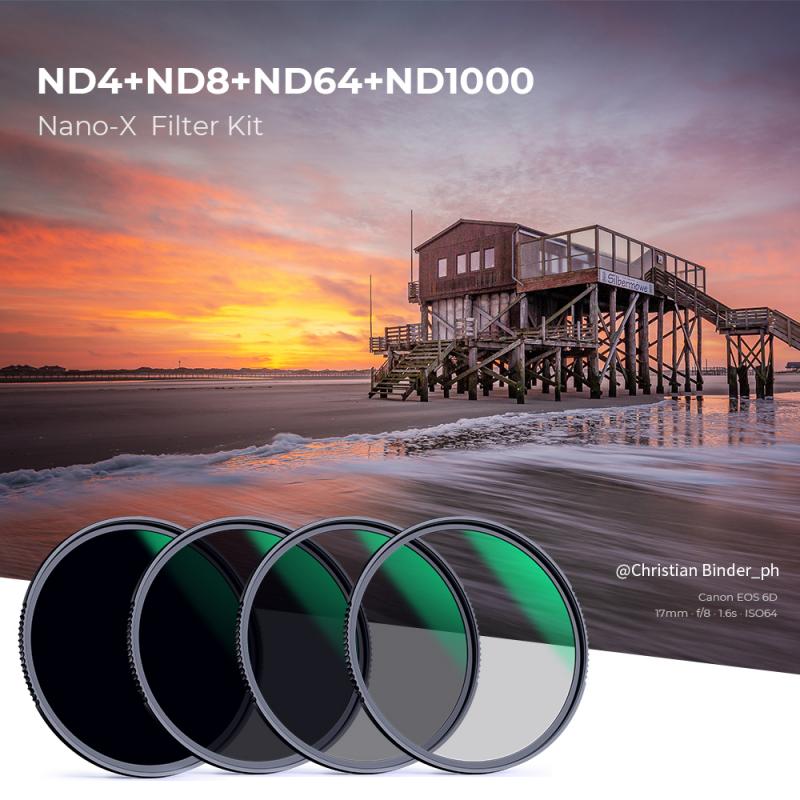
2、 Ground-Penetrating Radar: Using radio waves to create images of subsurface structures.
No, a regular camera cannot see through walls. Cameras capture images based on the light that is reflected off objects and surfaces. If an object or surface is opaque, like a wall, the camera cannot see what is on the other side.
However, there are technologies that can penetrate walls and create images of subsurface structures. One such technology is Ground-Penetrating Radar (GPR). GPR uses radio waves to penetrate the ground or other materials and create images of what lies beneath the surface.
GPR works by emitting short pulses of electromagnetic waves into the ground or structure being examined. These waves then bounce back when they encounter different materials or structures, such as pipes, cables, or even voids. The reflected waves are then detected by the GPR system and used to create an image of the subsurface.
GPR has been widely used in various fields, including archaeology, geology, and construction. It can help locate buried objects, map geological features, and assess the condition of structures. In the construction industry, GPR is often used to detect rebar, post-tension cables, and other hidden objects within concrete walls or floors.
It is important to note that GPR has limitations. The depth to which it can penetrate depends on the frequency of the radio waves used and the properties of the material being scanned. Additionally, GPR may struggle to penetrate highly conductive materials like metals.
In conclusion, while a regular camera cannot see through walls, Ground-Penetrating Radar can be used to create images of subsurface structures by using radio waves. GPR has proven to be a valuable tool in various industries, providing insights into what lies beneath the surface.

3、 X-ray Imaging: Capturing images by passing X-rays through objects.
No, a regular camera cannot see through walls. Cameras capture images by detecting and recording visible light. Walls, being solid structures, block the passage of light, making it impossible for a camera to see what is on the other side.
However, X-ray imaging is a technology that can capture images by passing X-rays through objects, including walls. X-rays have shorter wavelengths than visible light, allowing them to penetrate certain materials. X-ray imaging is commonly used in medical settings to visualize bones and internal organs. It can also be used in security applications to detect hidden objects or contraband.
It is important to note that X-ray imaging is a specialized technology that requires specific equipment and expertise. It is not something that can be achieved with a regular camera. Additionally, the use of X-rays for imaging purposes is subject to regulations and safety precautions to minimize potential health risks associated with exposure to ionizing radiation.
In recent years, there have been advancements in imaging technologies that aim to see through walls using different methods such as radar or thermal imaging. These technologies can detect and visualize objects or people behind walls by measuring the reflection of radio waves or the heat emitted by them. However, these methods are still limited in their capabilities and are not as widely accessible as X-ray imaging.

4、 Microwave Imaging: Utilizing microwave signals to penetrate and image objects.
Microwave imaging is a technology that utilizes microwave signals to penetrate and image objects. It has the potential to see through certain materials, including walls, to some extent. However, it is important to note that microwave imaging is not the same as traditional camera technology.
Microwaves have longer wavelengths than visible light, allowing them to pass through certain materials that are opaque to visible light, such as walls. When microwaves encounter an object, they can be reflected, absorbed, or transmitted depending on the properties of the object. By analyzing the reflected or transmitted signals, it is possible to create an image of the object.
While microwave imaging can provide some level of visibility through walls, it is not as clear or detailed as what a camera can capture. The images produced by microwave imaging are typically grayscale and lack the level of detail and color that a camera can provide. Additionally, the resolution of microwave imaging is generally lower than that of traditional camera technology.
It is worth mentioning that the latest advancements in microwave imaging technology have improved its capabilities. Researchers are continuously working on enhancing the resolution and image quality of microwave imaging systems. However, it is unlikely that microwave imaging will ever fully replace cameras for general imaging purposes.
In conclusion, while microwave imaging can penetrate and image objects, including walls, it is not equivalent to traditional camera technology. It has its own limitations in terms of image quality and resolution.
